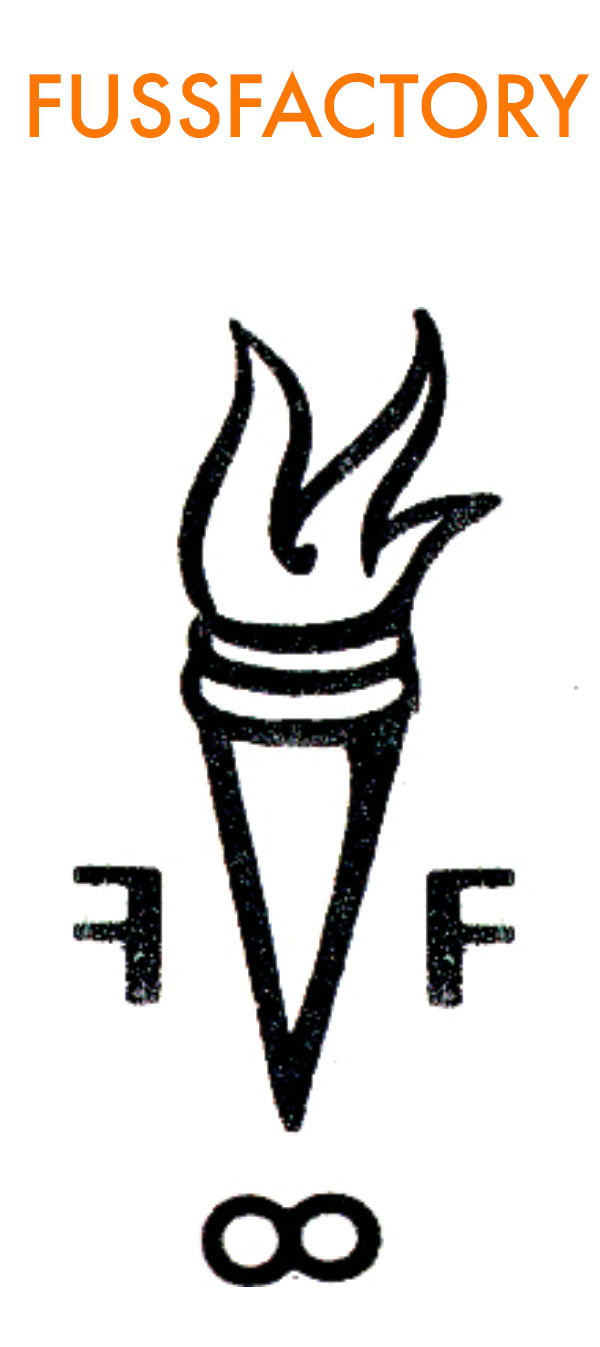#sparkchamber 022822 — Ibram X. Kendi
February is Black History Month, and #sparkchamber has been celebrating all month long with context and perspective. Building on White Fragility last week, today, we highlight groundbreaker Ibram X. Kendi, author of How to Be an Antiracist. The New York Times calls it, “the most courageous book to date on the problem of race in the Western mind.” NPR writes, “How to Be an Antiracist gives us a clear and compelling way to approach, as Kendi puts it in his introduction, “the basic struggle we’re all in, the struggle to be fully human and to see that others are fully human.” Time magazine states, “Kendi dissects why, in a society where so few people consider themselves to be racist, the divisions and inequalities of racism remain so prevalent. How to Be an Antiracist punctures the myths of a post-racial America, examining what racism really is — and what we should do about it.”
Antiracism is a transformative concept that reorients and re-energizes the conversation about racism — and, even more fundamentally, points us toward liberating new ways of thinking about ourselves and each other. At its core, racism is a powerful system that creates false hierarchies of human value; its warped logic extends beyond race, from the way we regard people of different ethnicities or skin colors to the way we treat people of different sexes, gender identities, and body types. Racism intersects with class and culture and geography and even changes the way we see and value ourselves. In How to Be an Antiracist, Kendi takes readers through a widening circle of antiracist ideas — from the most basic concepts to visionary possibilities — that will help readers see all forms of racism clearly, understand their poisonous consequences, and work to oppose them in our systems and in ourselves.
Kendi weaves an electrifying combination of ethics, history, law, and science with his own personal story of awakening to antiracism. This is an essential work for anyone who wants to go beyond the awareness of racism to the next step: contributing to the formation of a just and equitable society.
1.] Where do ideas come from?
Racist ideas love believers, not thinkers.
--- ooo ---
Black people are apparently responsible for calming the fears of violent cops in the way women are supposedly responsible for calming the sexual desires of male rapists. If we don’t, then we are blamed for our own assaults, our own deaths.
2.] What is the itch you are scratching?
Americans have long been trained to see the deficiencies of people rather than policy. It’s a pretty easy mistake to make: People are in our faces. Policies are distant. We are particularly poor at seeing the policies lurking behind the struggles of people.
--- ooo ---
“Racist policy” says exactly what the problem is and where the problem is. “Institutional racism” and “structural racism” and “systemic racism” are redundant. Racism itself is institutional, structural, and systemic.”
--- ooo ---
What if we realized the best way to ensure an effective educational system is not by standardizing our curricula and tests but by standardizing the opportunities available to all students?
3.] Early bird or night owl? Tortoise or hare?
One either allows racial inequities to persevere, as a racist, or confronts racial inequities, as an antiracist. There is no in-between safe space of “not racist.” The claim of “not racist” neutrality is a mask for racism.
--- ooo ---
The most threatening racist movement is not the alt right's unlikely drive for a White ethnostate but the regular American’s drive for a “race-neutral” one. The construct of race neutrality actually feeds White nationalist victimhood by positing the notion that any policy protecting or advancing non-White Americans toward equity is “reverse discrimination.”
4.] How do you know when you are done?
Like fighting an addiction, being an antiracist requires persistent self-awareness, constant self-criticism, and regular self-examination.


